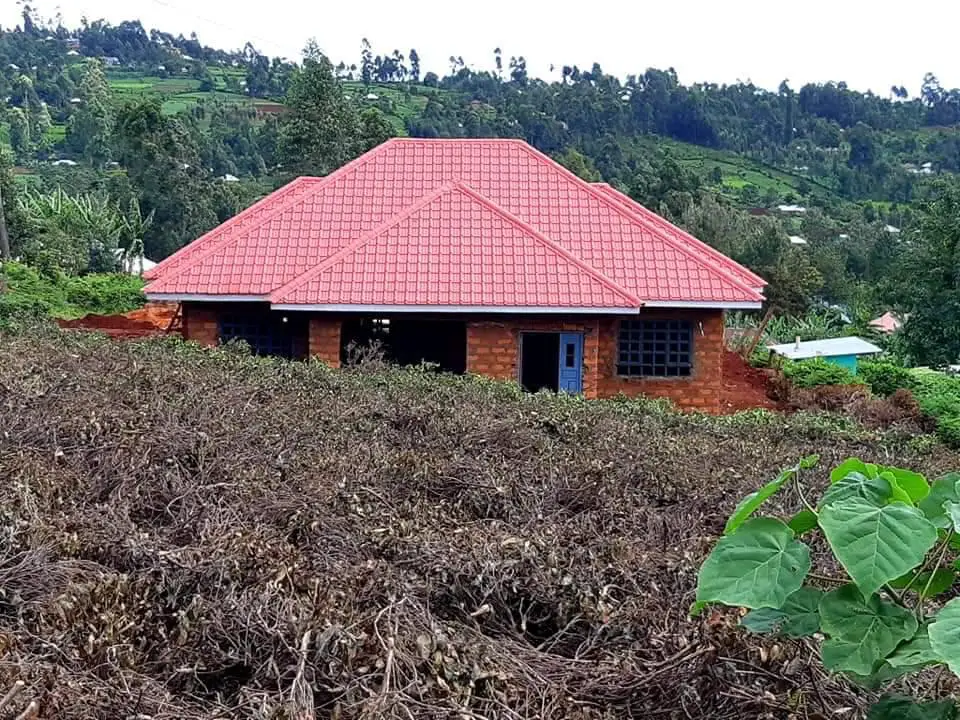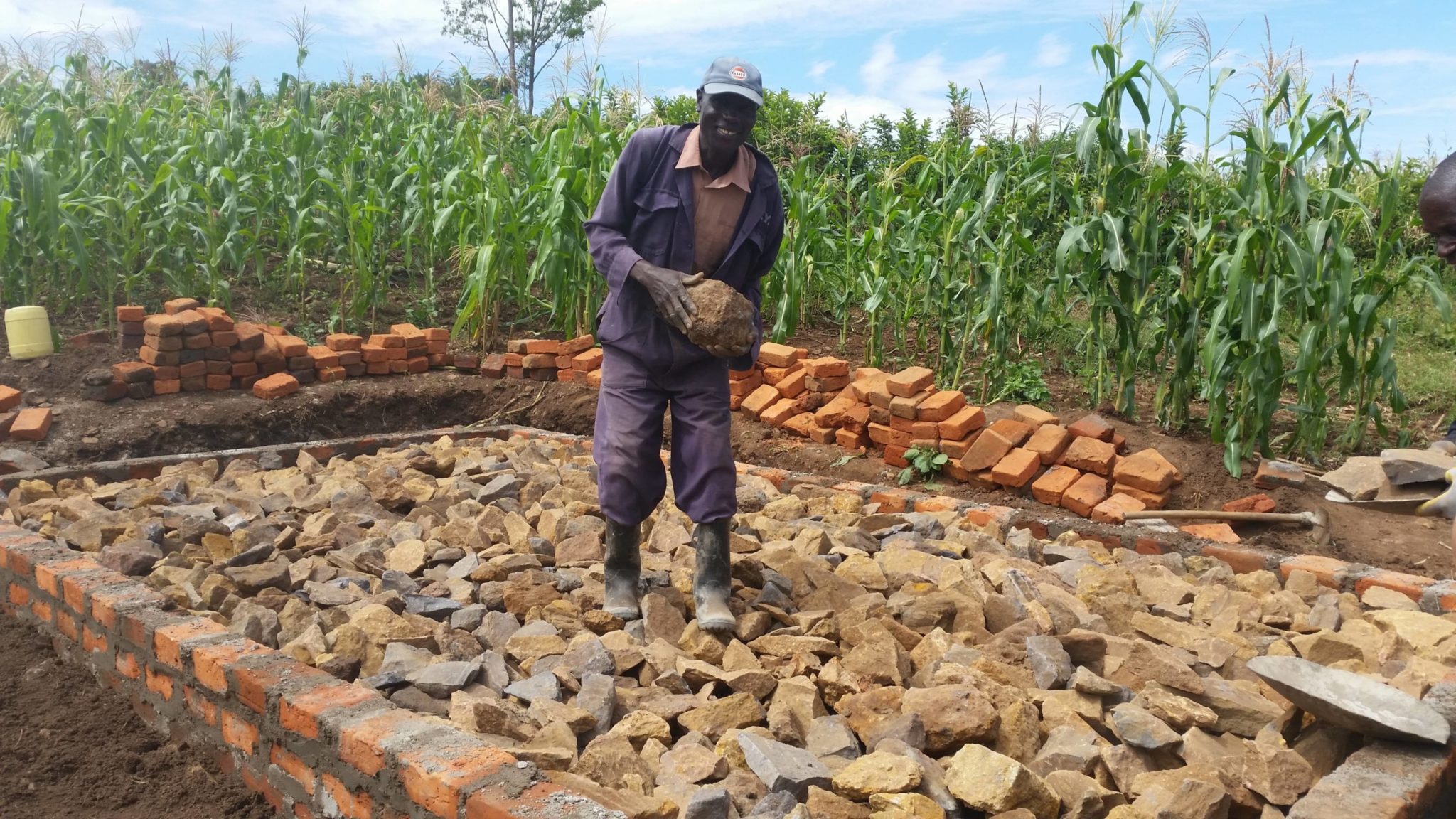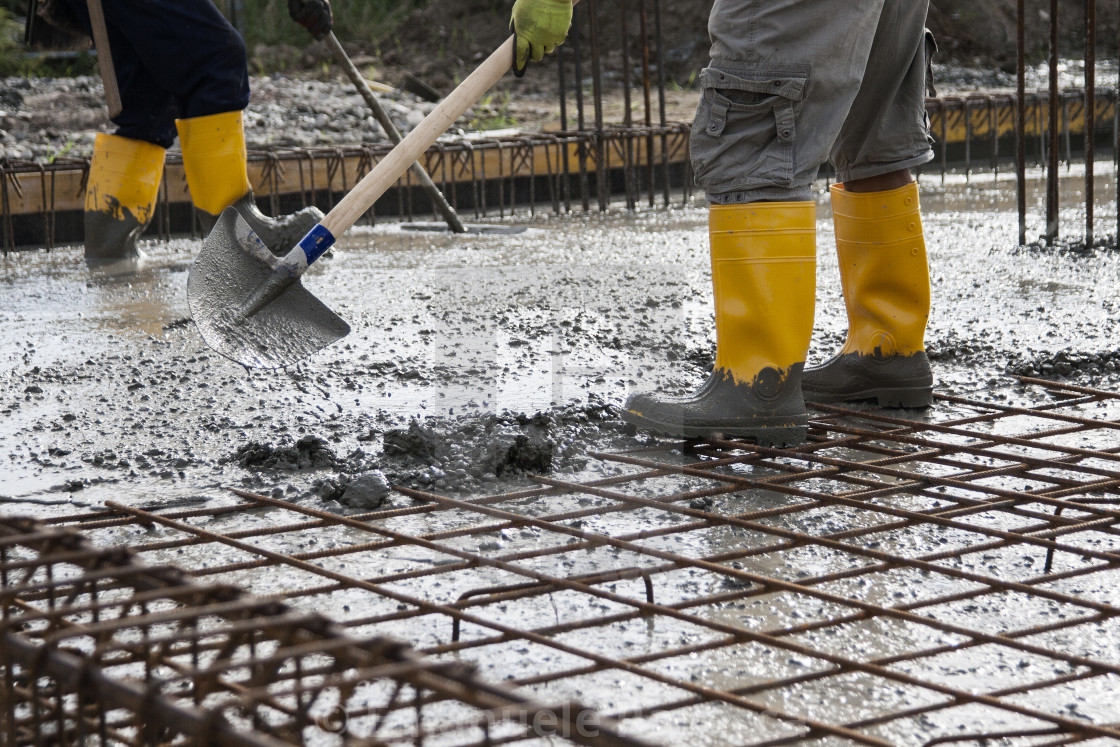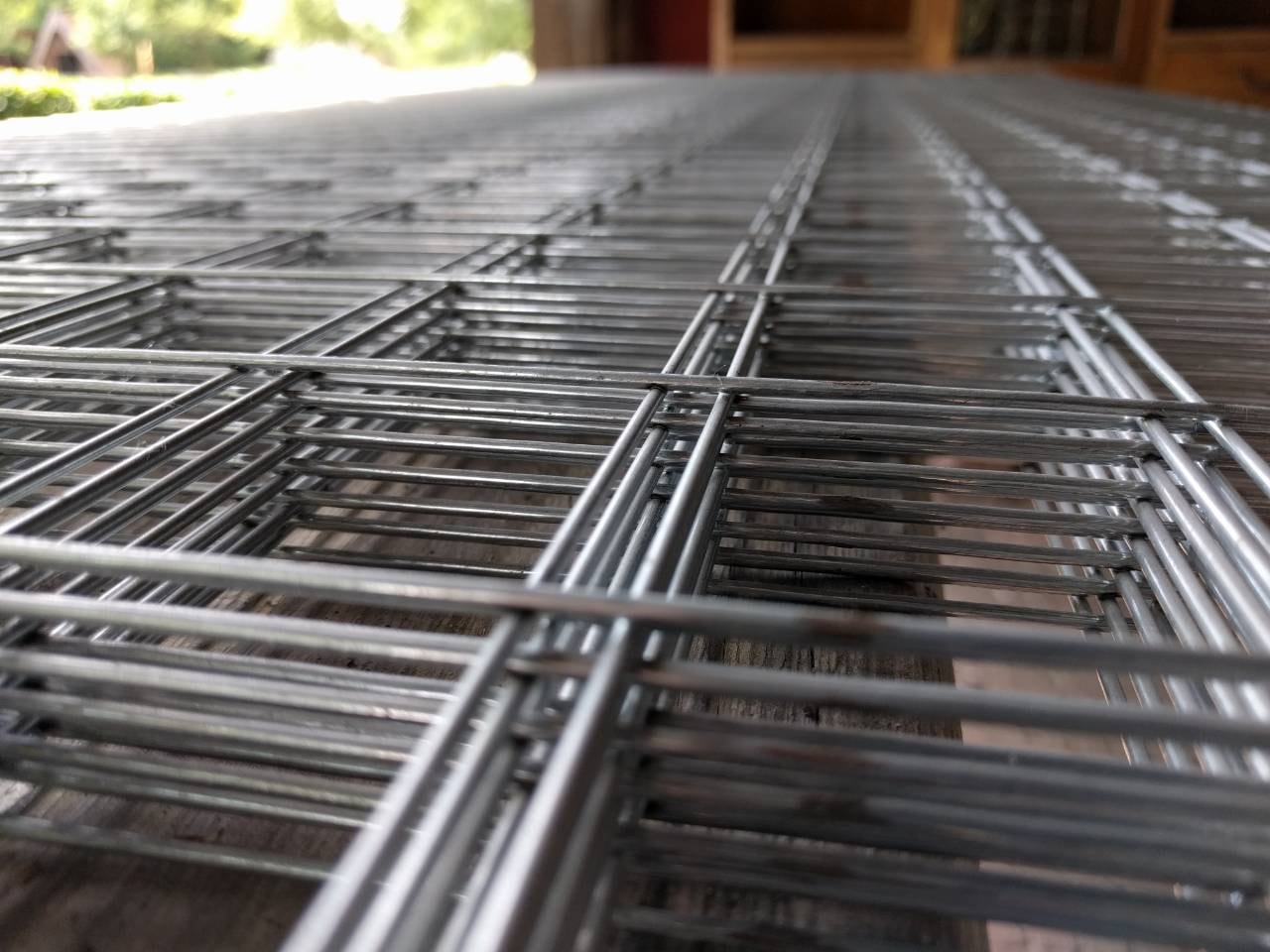Common Building Materials and Prices (2023)
Common Building Materials and Prices (2023) In Kenya
1. Materials used For Foundation of a House
When building a house in Kenya, there are a few materials that are essential for the foundation. The most common materials used for the foundation are muram, cement, ballast, stone, and sand.
Muram is a mixture of soil and sand that is used to level the foundation floor. It is a strong material and can withstand pressure. Cement is a type of stone that is mixed with water and sand to create durable concrete. It is used to bind bricks together and to make concrete.
Ballast is a type of gravel that is used to support the weight of the house. It is usually made of crushed stone or rocks. Stone is a natural building material that is used to create the foundation of a house. It is a strong and durable material that can withstand pressure.
Hardcore and gravel is a loose material that is used to fill in the gaps between the hardcore stones. It is also used to make mortar and concrete.
The most important factor when choosing which material to use for the foundation is the weight of the house. The heavier the house, the stronger the foundation needs to be.
Current Market Prices for Foundation Materials Include;
- Hardcore/Murram – Ksh. 1300 per tone
- Sand – Ksh.2000 per tone
- Cement – Ksh. 700 per 50kgs bag
- Ballast – Ksh. 1700 per tone
- DPM – Ksh. 3000/roll
- Quarry Stones- Ksh. 20-30 per running feet
Other materials include;
- Rebars
- BRC
- Formwork materials
- Hoop Iron
- Binding wire
2. Materials used in Reinforcement of a House in Kenya
Reinforcement Steel Bars (REBARS) In Construction
Reinforcement steel bars also known as rebar, are one of the most important components of reinforced concrete. They are used to provide tensile strength and help resist cracking in concrete structures.
The main types of reinforcement steel bars used in concrete are deformed bars and plain bars. Deformed bars have ridges on the surface that help to anchor the bar in the concrete, while plain bars do not have these ridges and are more often used when the concrete is to be cast around the bar, such as in precast concrete panels.
Rebar is usually supplied in bundles, and the most common diameters are 8mm, 10 mm, 12 mm, 16 mm, and 20 mm. The bars are usually galvanized or stainless steel to protect them from corrosion.
The main purpose of rebar is to provide tensile strength to concrete, which helps to prevent it from cracking under stress. The rebar distributes the stress throughout the concrete, rather than allowing it to concentrate in a small area. This helps to make the concrete more durable and reduces the likelihood of it cracking.
Reinforcement steel bars are also used to help transfer loads between different parts of a concrete structure. For example, the rebar in the concrete foundation will help to transfer the load to the concrete walls and roof.
Despite its importance, rebar is often not given the attention it deserves. In many cases, it is not properly spaced or covered with concrete, which can lead to reduced strength and durability.
When designing a concrete structure, it is important to take into account the location and spacing of the rebar to ensure that it is able to do its job properly.
Current Market Prices for Reinforcement Steel Bars include;
- D8 @ Ksh. 530
- D10 @ Ksh.840
- D12 @ Ksh. 1260
- D16 @ Ksh. 2200
- D20 @ Ksh. 3600
- D25 @ Ksh. 6000
- D32 @ Ksh. 11500
Other material that come with reinforcement bars include;
- Hoop iron@2800 per roll
- Binding wire@3800 per roll
- Polythene@2000 per roll
Reinforcement steel bars are an important part of concrete construction. They are used to strengthen the concrete and help it resist cracking and other damage. Without reinforcement steel bars, concrete would be much weaker and less durable.
BRC Wire Mesh in Concrete Reinforcement
BRC wire mesh is a versatile concrete reinforcement product that can be used in a variety of ways to improve the strength and overall quality of concrete. By using BRC wire mesh, contractors can create a concrete product that is less likely to crack and is more resistant to wear and tear.
There are a few different ways that BRC wire mesh can be used in concrete reinforcement. One common way is to use it as a formwork. By embedding the wire mesh in the concrete as it is being poured, the mesh will help to hold the shape of the concrete and ensure that it does not crack or distort.
Another common use for BRC wire mesh is as a reinforcing agent. By embedding the mesh in the concrete, it will help to improve the overall strength and stability of the concrete. This can be especially important in areas that are subject to significant stress, such as driveways, sidewalks, and garage floors.
BRC wire mesh is also a good choice for use in concrete repair. If there is a crack or other damage in a concrete surface, the mesh can be used to help reinforce the area and prevent the crack from spreading. This can be a much more affordable and less time-consuming option than replacing the entire concrete surface.
While BRC wire mesh is a versatile and effective reinforcement product, there are a few things to keep in mind when using it.
First, it is important to make sure that the mesh is completely embedded in the concrete. If there are any gaps between the mesh and the concrete, the mesh will not be effective in reinforcing the concrete.
Second, it is important to use the correct type of mesh for the particular application. Not all meshes are created equal, and some are better suited for certain applications than others. Contractors should consult with a specialist to determine which mesh is best for the specific job.
BRC wire mesh is a versatile and effective concrete reinforcement product. By using BRC wire mesh, contractors can create a concrete product that is less likely to crack and is more resistant to wear and tear.
Why is BRC Important?
The use of BRC wire mesh in reinforced concrete helps to improve the ductility and toughness of the concrete, as well as the overall strength. This makes it a very popular choice for construction projects where a high level of safety and durability is required.
Current BRC Mesh Prices in Kenya
They are available in difference sizes.
- A66 (3mm) KES. 14500
- A65 (4mm) KES. 18200
- A610 (2.5mm) KES. 12500
- A98 5mm KES. 24500
- A142 (6mm) KES. 35000
3. Materials used in Roofing of a House in Kenya
There are several materials used in roofing of a house in Kenya. The most popular ones are timber, ridges, mabati/roofing sheets, nails and gutters.
Materials used in roofing of a house in Kenya vary depending on the region. In some areas, timber is used to form the roof frame, while in others, ridges are made from mabati or other types of metal roofing sheets. Nails and gutters are also commonly used in roofing construction
Mabati roofing sheets are the most popular roofing material in Kenya. They are affordable, durable and can be easily installed by anyone. Additionally, they come in a variety of colours and styles, which allows homeowners to choose the one that best suits their needs. However, mabati/roofing sheets can rust over time.
Roofing ridges and valleys are made of metal and are often used in conjunction with mabati/roofing sheets.
Gutters are a necessary part of any roofing system. They are used to collect rainwater and channel it away from the house.
Gutters come in a variety of sizes and shapes and can be made from a variety of materials, including plastic, metal and PVC.
Roofing Materials Prices for a Standard 3 Bedroom House
| ROOFING | QTY | RATE (KES) | Total Cost(KES) | |
| Roofing sheet (MRM Box Profile ) | 88 | No | 1800 | 158400.00 |
| Ridge cap | 34 | No | 650 | 22100.00 |
| Valley cap | 16 | No | 650 | 10400.00 |
| Roofing nails | 30 | kgs | 200 | 6000.00 |
| Ordinary nails 4” | 35 | No | 150 | 5250.00 |
| Ordinary nails 3” | 10 | No | 150 | 1500.00 |
| Timber | ||||
| 4 x 2 timber | 2500 | Fts | 55 | 137500.00 |
| 3 x 2 timber | 1800 | Fts | 45 | 81000.00 |
| 2 x2 timber | 0 | Fts | 30 | |
| Fascia Board | ||||
| 8×1 Timber | 220 | Fts | 100 | 22000.00 |
| Rain Gutters | ||||
| Plastic Gutters+ Accessories | 65000.00 |
Other materials include;
- Doors and Windows
- Tiles
- Ceiling materials
- Electrical and wiring materials
- Drainage and plumbing materials
- Cabinets & Wardrobe Fitting materials




